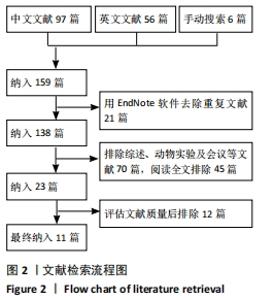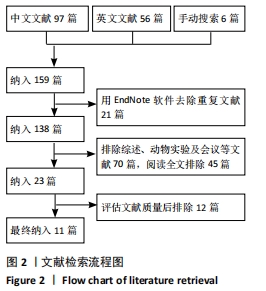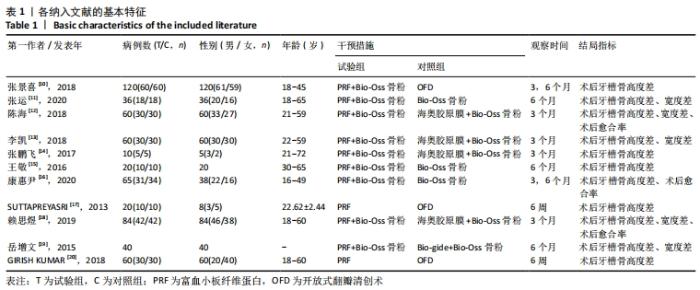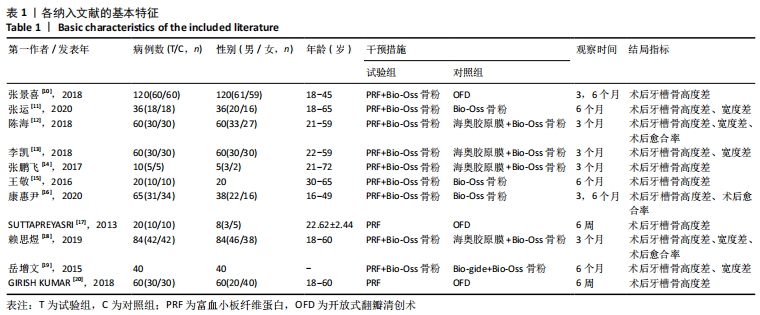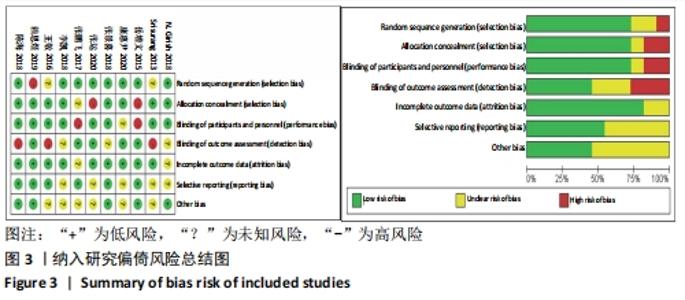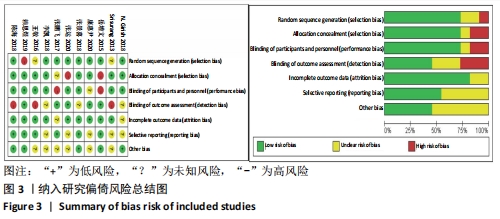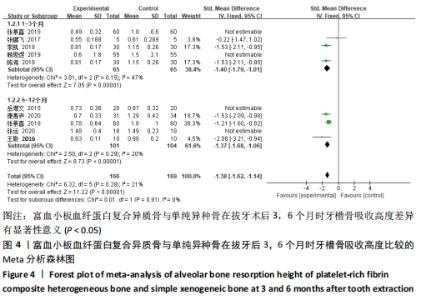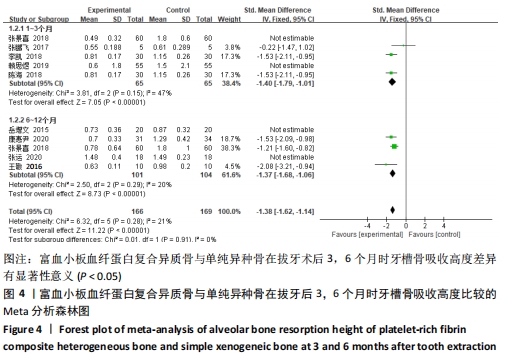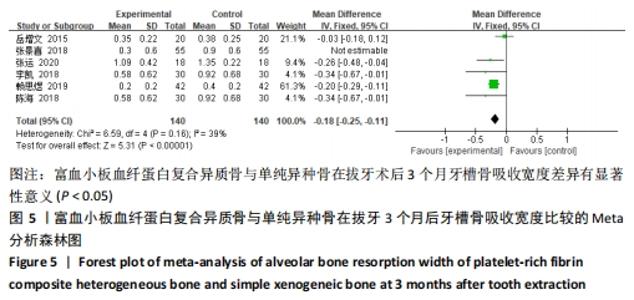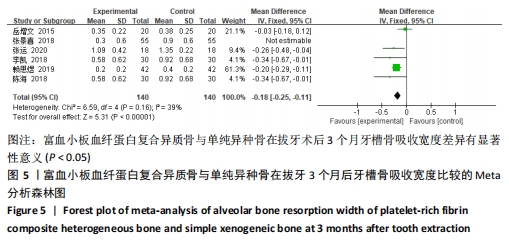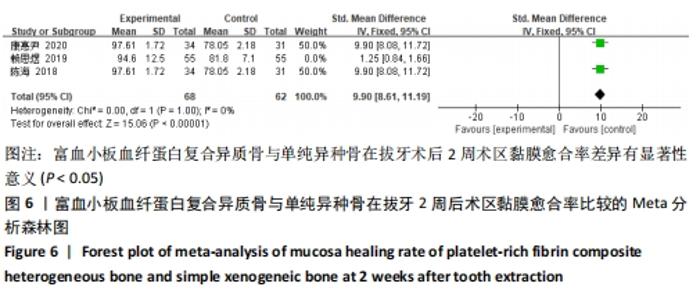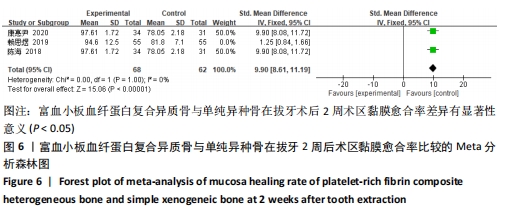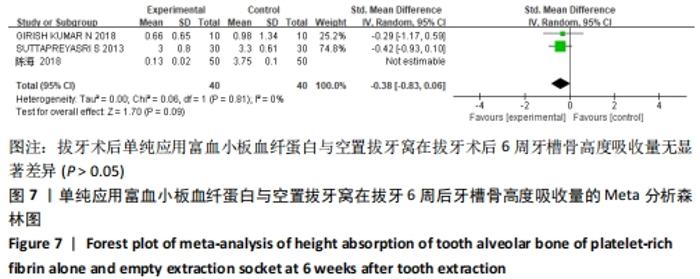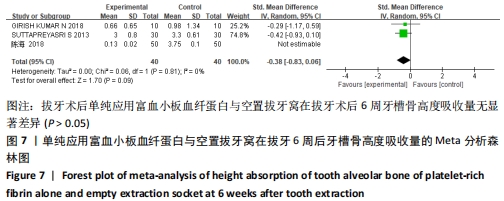[1] TAN WL, WONG TL, WONG MC, et al. A systematic review of post-extractional alveolar hard and soft tissue dimensional changes in humans. Clin Oral Implants Res. 2012;23 Suppl 5:1-21.
[2] ARAÚJO MG, SILVA CO, MISAWA M, et al. Alveolar socket healing: what can we learn? Periodontol 2000. 2015;68(1):122-134.
[3] MACBETH N, TRULLENQUE-ERIKSSON A, DONOS N, et al. Hard and soft tissue changes following alveolar ridge preservation: a systematic review. Clin Oral Implants Res. 2017;28(8):982-1004.
[4] LUNDQUIST R, DZIEGIEL MH, AGREN MS. Bioactivity and stability of endogenous fibrogenic factors in platelet-rich fibrin. Wound Repair Regen. 2008;16(3):356-363.
[5] LUCARELLI E, BECCHERONI A, DONATI D, et al. Platelet derived growth factors enhance proliferation of human stromal stem cells. Biomaterials. 2003;24(18):3095-3100.
[6] DOHAN DM, DISS A, DOHAN SL, et al. Platelet-rich fibrin (PRF): a second-generation platelet concent rate. Part I: technological concepts and evolution. Oral Surg Oral Med Oral Pathol Oral Radiol Endod. 2006;101(3):e37-e44.
[7] LI Q, PAN S, DANGARIA SJ, et al. Platelet-rich fibrin promotes periodontal regeneration and enhances alveolar bone augmentation. Biomed Res Int. 2013;2013:638043.
[8] 李京旭,李龙和,玄云泽.Bio-Oss/PRF复合支架结合骨髓基质细胞构建组织工程骨实验研究[J].延边大学医学学报,2014, 37(4):235-238.
[9] 谷鸿秋,王杨,李卫.Cochrane偏倚风险评估工具在随机对照研究Meta分析中的应用[J].中国循环杂志,2014,29(2):147-148.
[10] 张景喜,丁明会,杨占宝,等.Bio-Oss骨粉混合PRF促进第二磨牙远中成骨的临床疗效[J].中国美容医学,2018,27(7): 120-122.
[11] 张运,王彦梅,何家才.富血小板纤维蛋白联合骨替代材料应用于牙槽嵴位点保存术的临床效果[J].口腔疾病防治,2020, 28(6):361-366.
[12] 陈海,黎孔芬,覃有智.富血小板纤维蛋白膜在骨组织再生位点保存术中的应用效果[J]. 保健医学研究与实践,2018,15(4): 40-44.
[13] 李凯,马锴,王金龄.富血小板纤维蛋白结合引导骨组织再生在拔牙位点保存术中的应用[J].东南国防医药,2018,20(3): 263-266.
[14] 张鹏飞,孙福星,范亚伟.PRF复合GBR技术在牙槽嵴位点保存中的应用研究[J].中国口腔种植学杂志,2017,22(3):112-117.
[15] 王敬.生长因子在牙周炎位点保存中促进骨组织再生的观察[J].安徽医科大学学报,2016,51(9):1329-1333.
[16] 康惠尹.Bio-oss/富血小板纤维蛋白复合物修复牙槽骨缺损区后牙移动的效果及可行性[J].临床和试验医学杂志,2020, 19(4):394-397.
[17] SUTTAPREYASRI S, LEEPONG N. Influence of platelet-rich fibrin on alveolar ridge preservation. J Craniofac Surg. 2013;24(4): 1088-1094.
[18] 赖思煜,习利军,倪俊鑫.两种材料在拔牙后引导骨组织再生位点保存术中的应用效果[J].中华口腔医学研究杂志(电子版),2019,13(5):284-290.
[19] 岳增文,曹选平,刘进忠,等.PRF与Bio-Gide在前牙区种植GBR植骨术中应用的临床观察[J].世界最新医学信息文摘, 2015,15(55):31-36.
[20] GIRISH KUMAR N, CHAUDHARY R, KUMAR I, et al. To assess the efficacy of socket plug technique using platelet rich fibrin with or without the use of bone substitute in alveolar ridge preservation: a prospective randomised controlled study. Oral Maxillofac Surg. 2018;22(2):135-142.
[21] AREEWONG K, CHANTARAMUNGKORN M, KHONGKHUNTHIAN P. Platelet-rich fibrin to preserve alveolar bone sockets following tooth extraction: a randomized controlled trial. Clin Implant Dent Relat Res. 2019;21(6):1156-1163.
[22] LIU Y, SUN X, YU J, et al. Platelet-rich fibrin as a bone graft material in oral and maxillofacial bone regeneration: classification and summary for better application. Biomed Res Int. 2019;2019:3295756.
[23] KARGARPOUR Z, NASIRZADE J, STRAUSS FJ, et al. Platelet-rich fibrin suppresses in vitro osteoclastogenesis. J Periodontol. 2020; 91(3):413-421.
[24] DOHAN EHRENFEST DM, PINTO NR, PEREDA A, et al. The impact of the centrifuge characteristics and centrifugation protocols on the cells, growth factors, and fibrin architecture of a leukocyte-and platelet-rich fibrin (L-PRF) clot and membrane. Platelets. 2018;29(2):171-184.
[25] MO SJ, HONG J, XU C, et al. VEGF- mediated NF-κB activation protects PC12 cells from damage induced by hypoxia. Neurosci Lett. 2016;610:54-59.
[26] BROUWERS JEIG, VAN DER VORM LN, BUIS S, et al. Implant stability in patients treated with platelet-rich fibrin and bovine bone substitute for alveolar ridge preservation is associated with peripheral blood cells and coagulation factors. Clin Exp Dent Res. 2020;6(2):236-243.
[27] ZHOU J, LI X, SUN X, et al. Bone regeneration around immediate placed implant of molar teeth with autologous platelet-rich fibrin: two case reports. Medicine (Baltimore). 2018;97(44):e13058.
[28] RAVI S, SANTHANAKRISHNAN M. Mechanical, chemical, structural analysis and comparative release of PDGF-AA from L-PRF, A-PRF and T-PRF-an in vitro study. Biomater Res. 2020;24:16.
[29] SIMONPIERI A, DEL CM, SAMMARTINO G, et al. The relevance of Choukrouns platelet-rich fibrin and metronidazole during complex maxillary rehabilitations using bone allograft. Part II: implant surgery, prosthodontics, and survival. Implant Dent. 2009;18(3):220-229.
[30] BAYKUL T, FINDIK Y. Maxillary sinus perforation with presence of an antral pseudocyst, repaired with platelet rich fibrin. Maxillofac Surg. 2014;4(2):205-207.
|
